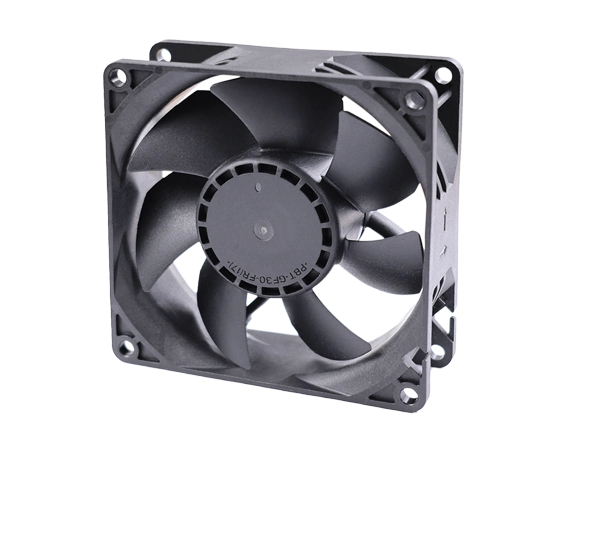Co-extrusion sealing strip is a specialized type of sealing material that is designed to provide superior performance in sealing applications. It consists of multiple layers of different materials, typically combining a soft and flexible inner layer with a durable and weather-resistant outer layer.
The co-extrusion process involves extruding two or more materials simultaneously through the same die to create a single product with distinct properties. This allows manufacturers to combine the advantages of different materials into one sealing strip, resulting in enhanced functionality and durability.
One key benefit of co-extrusion sealing strips is their ability to provide excellent resistance against air infiltration, water penetration, dust, noise, and even UV radiation. They are known for offering long-lasting performance under various environmental conditions, making them ideal for both indoor and outdoor applications.
Furthermore, co-extrusion sealing strips can be customized to meet specific requirements such as size, shape, hardness levels, color options etc., ensuring a perfect fit for any project. Whether you need a narrow strip for window seals or a wide gasket for industrial machinery enclosures, co-extrusion seals can be tailored accordingly.
Co-extrusion sealing strips offer an effective solution for achieving reliable seals in construction projects like windows and doors as well as in automotive manufacturing and other industries where tight seals are crucial. With their versatility and superior performance characteristics, it's no wonder why these innovative products are gaining popularity among professionals seeking efficient sealing solutions.
Benefits of Using Co-Extrusion Sealing Strip
When it comes to sealing and protecting various types of materials, co-extrusion sealing strip emerges as a reliable and versatile solution. This innovative product offers numerous benefits that make it an ideal choice for a wide range of applications.
One of the major advantages of using co-extrusion sealing strip is its excellent durability. Made from high-quality materials, this strip can withstand extreme weather conditions, UV radiation, chemicals, and abrasion. It provides long-lasting protection against moisture ingress and prevents air leakage.
Co-extrusion sealing strip offers superior flexibility and adaptability. Its unique design allows it to conform to irregular surfaces with ease while maintaining an effective seal. This makes it suitable for use in various industries such as automotive manufacturing, construction, electronics, and more.
Additionally, co-extrusion sealing strip provides exceptional insulation properties. It acts as a barrier against heat transfer which helps improve energy efficiency in buildings or appliances. By reducing thermal loss or gain through gaps or joints, this strip contributes to lower energy consumption and cost savings.
Moreover, another advantage of using co-extrusion sealing strips is their resistance to mold growth and mildew formation. The material used in these strips inhibits the growth of bacteria or fungi on its surface—making them hygienic and perfect for applications where cleanliness is essential like food processing facilities or medical environments.
How Does Co-Extrusion Sealing Strip Work?
Co-extrusion sealing strip is a versatile and effective solution for creating reliable seals in various applications. But how exactly does it work? Let's take a closer look.
The co-extrusion process involves the simultaneous extrusion of two or more different materials to create a single, multi-layered sealing strip. The outer layer is typically made from a durable material that provides excellent resistance to weathering, UV rays, and chemicals. This outer layer acts as a protective barrier, ensuring long-lasting performance.
Inside the sealing strip, there may be additional layers made from different materials with specific properties required for the application. For example, an inner layer might have high elasticity to provide flexibility and accommodate movement while maintaining a tight seal.
During installation, the co-extrusion sealing strip is typically inserted into a channel or groove where it forms a tight seal by compressing against the opposing surfaces. The combination of different materials in the co-extruded design ensures optimal performance in terms of durability, flexibility, and resistance to environmental factors.
Beysent
info@beysent.com
